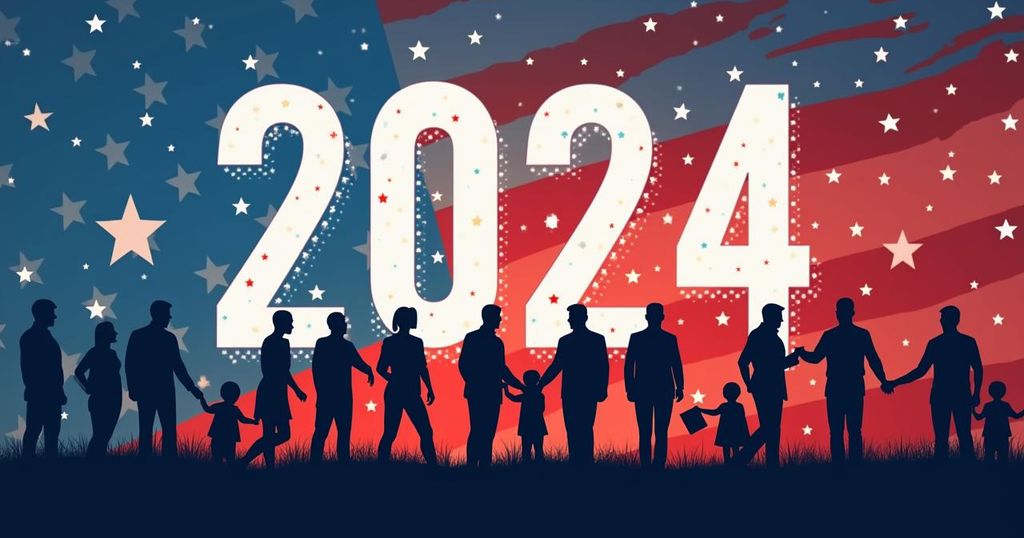Understanding Election Day: What Voters Need to Know for 2024
Election Day in 2024 is scheduled for November 5. It is not a federal holiday, yet several states observe it as a holiday, and 24 states grant paid time off to vote. Voter registration deadlines, including October 26 for New Yorkers, and early voting opportunities are crucial for participation. The article aims to inform voters of their rights and responsibilities in the electoral process.
As the 2024 presidential election approaches, registered voters across the United States will prepare to make their voices heard. Election Day is scheduled for Tuesday, November 5, 2024, which is constitutionally observed as the Tuesday following the first Monday in November. While some citizens might hope for a federal holiday on this important day, it is essential to clarify that Election Day is not designated as a federal holiday. However, several states have proclaimed it as a holiday, leading to closures in various state offices and enabling citizens to engage in the electoral process without work-related interruptions. In states such as Delaware, Hawaii, Illinois, Indiana, Louisiana, Maryland, Michigan, Montana, New Jersey, New York, Rhode Island, Virginia, and West Virginia, state offices will be closed on Election Day. Moreover, twenty-four states, along with the District of Columbia, provide paid time off for voters, whereas other states may offer unpaid time off during work hours to ensure everyone has the opportunity to participate. It is also vital for voters in New York to be aware of the impending deadlines for the 2024 election. The registration cutoff for the general election is set for Saturday, October 26, 2024. Early voting will kick off on the same day, lasting until Sunday, November 3, 2024. To register, individuals can choose from multiple methods: online registration at elections.ny.gov, in-person registration at local election boards or related agencies, or mail-in registration via the state’s Voter Registration Form Request hotline. As the country gears up for the upcoming election, awareness of key dates becomes crucial. The election timeline includes significant milestones, such as the last day to request mail-in or absentee ballots and the final day to return those ballots, which all coincide with Election Day on November 5, 2024. Finally, the optics of the election culminate in the Inauguration on January 20, 2025.
In modern democratic societies, the ability of citizens to participate in elections is foundational to governance. The establishment of designated polling days, such as Election Day, is critical for ensuring that eligible citizens can exercise their voting rights without conflict from work obligations or other commitments. This article examines the status of Election Day within the context of U.S. federal and state laws, particularly addressing voters’ rights and opportunities in 2024. Additionally, the article highlights important dates and procedures that prospective voters must adhere to in order to engage in the electoral process intelligently and informed. The understanding of both the limitations and support systems around voting, including state laws regarding time off work, further informs citizens as they prepare for the election. As has been observed, while some states offer accommodations for voting, others do not make it a public holiday, presenting varying challenges for voters across the nation. This inconsistency demands that voters remain diligent in familiarizing themselves with local regulations.
In conclusion, although Election Day on November 5, 2024, is not recognized as a federal holiday, various states provide different levels of support for voters through holiday observances and paid time off to vote. New York residents are reminded of critical registration and voting dates, emphasizing the importance of preparation for successful participation in the election. Understanding the nuances surrounding Election Day and related regulations will empower citizens as they prepare to fulfill their civic duties and strengthen the democratic process.
Original Source: www.democratandchronicle.com




Post Comment